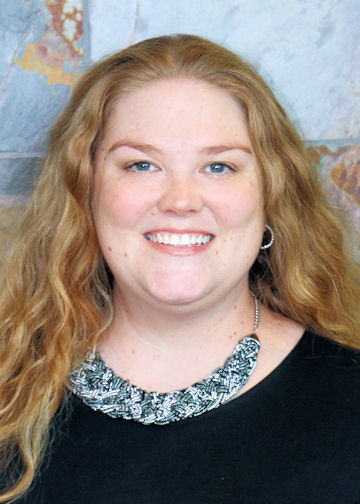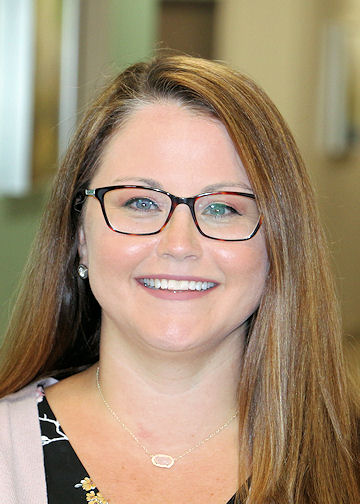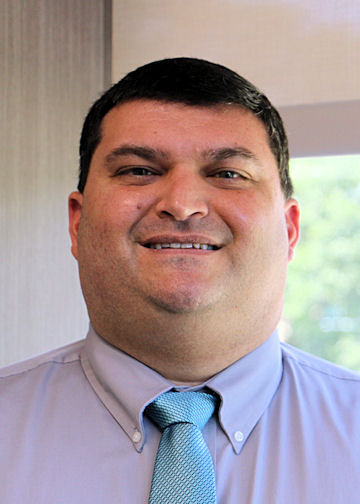“

Everybody prevents infections every day,” said Katie Gutierrez, an infection preventionist at Tanner Health System.
We teach kids to wash their hands. We cough into the crook of our elbow or a tissue. We wipe down our kitchens and bathrooms with disinfectants. We fish a bottle of hand sanitizer from our purse when we sit down at a restaurant. We get immunizations, boosters and titers to prevent some of the most dangerous infections.
As the novel Coronavirus 2019 (COVID-19) began its rapid spread around the globe, the focus on infection prevention intensified.
The early messages from the
World Health Organization (WHO) and
Centers for Disease Control and Prevention (CDC) were sound even when not facing a global pandemic: wash your hands frequently, control your cough, don’t touch your face.
As the coronavirus emerged from Wuhan, China, and began to take a toll on cities and countries around the world — South Korea, Italy — the frequency and urgency of messaging increased. Suddenly, there wasn’t a bottle of Lysol or Purell to be found anywhere.
For infection prevention specialists like Gutierrez and her team at Tanner Health System, the pandemic has been their time to shine.
'Infection prevention is what we do.'
In late February, the hospital switchboard began receiving a steady stream of concerned callers.
“Is there coronavirus in the hospital?” “I saw online that someone said there were patients with coronavirus at Tanner — is that true?” “When will you tell us when you have someone with the virus?”
For the infection prevention team, the calls were perplexing: The hospital was the safest place for a COVID-19 patient to be.

“Infection prevention is what we do,” says Haley Taylor, another member of the infection prevention team at Tanner. “Keeping any infection contained is basic health care. Every nurse learns that in their first couple of semesters in nursing school — it’s one of the foundations of a well-rounded nursing education. You learn about infection prevention in microbiology, the importance of breaking the chain of infection, disinfecting surfaces, washing your hands — these skills aren’t unique to infection prevention staff; these are what we all do throughout the health system.”
Keeping people from getting sick with the viruses that other patients have is the stock and trade for any hospital. It’s why hospitals have negative pressure rooms that pull air into a patient’s room and filter it instead of pushing it back out into the hospital where it could infiltrate other patients’ rooms. It’s why hospitals clean waiting areas and patient rooms with powerful disinfectants — including bleach and UV light that can kill germs at the cellular level.
“We work closely with our engineers, with our environmental services team, with our maintenance staff, with our nurses — everyone who’s responsible for patient safety and care in our hospitals,” says Taylor. “Whether it’s tuberculosis, seasonal influenza or COVID-19, we keep it contained and keep our community safe.”
Before specializing in infection prevention, Taylor served as a nurse supervisor at Higgins General Hospital in Bremen. She was drawn to infection prevention as a way to serve more areas of the organization and keep patients throughout the health system’s five hospitals safe.
“I wanted to learn and grow,” she says. “Infection prevention gives me a way to work with data, with different departments, to meet with people across the organization — it’s been invaluable. I’m able to take what we know from the CDC, WHO, the states’ public health departments, and apply it to keep patients, staff and visitors safe.”
The pursuit of knowledge is important to all of Tanner’s infection prevention staff, who have been vigorously researching all the latest developments with the novel — or “new” — coronavirus.
“We know how to keep the community safe,” said Taylor. “It’s not just something we’ve started doing because of COVID-19. We’ve added layers of protection — eyewear, facemasks — but everything else is the same. All of it breaks the chain of infection and prevents transmission of the virus.”
Specialists in keeping the hospitals safe
Tanner’s infection prevention team includes Taylor, whose background is in nursing, and Gutierrez, whose background was in medical laboratory science, specializing in microbiology. The third member of the team, Blake Whitton, was a surgical services nurse for a decade before joining Tanner’s infection prevention team.
One reason Whitton moved to infection prevention was his desire to keep Tanner’s hospitals safe.
“The stakes are high,” said Whitton. “Not just for patients — team members, visitors, volunteers. We look out for every individual that sets foot through this door.”
The infection prevention team is assisted by
Laura Larson, MD, a board-certified infectious disease specialist and Carrollton native who serves as medical director. Dr. Larson is a second-generation west Georgia doctor — her father, Thomas Lamb, MD, retired his local dermatology practice several years ago.
 Rajesh Mathew, MD
Rajesh Mathew, MD, also board-certified in infectious diseases, serves as Dr. Larson’s partner at their clinic,
Infectious Diseases of West Georgia, as well as guiding the health system’s infection prevention efforts. Dr. Mathew completed his early medical studies in India, where physicians often battle some of the world’s most virulent infectious diseases, like tuberculosis, dengue fever and malaria.
Usually, the infection prevention team’s work is more behind-the-scenes. They provide training and insight on cleaning and sanitizing care areas or go through patient charts to make sure proper protocols are followed and the documentation is correct.
When the coronavirus came on the scene, though, the team found themselves in the spotlight.
“The virus is so new that there was no one answer for how we should deploy our resources to fight it,” said Dr. Larson. “We’re fortunate to have a team like ours with diverse backgrounds, because everyone was able to provide some new level of insight into how different care areas operate and how we could combat the spread of infection throughout our hospitals. They’ve been invaluable.”
The team zeroed in on reliable sources of information, read through journal articles and brought their best advice to the organization’s leadership.
From properly donning PPE to separating the infectious from those seeking otherwise routine medical care or experiencing emergencies, the infection prevention staff have had their work cut out for them.
Ultimately, said Whitton, it’s worth it if it keeps every patient and staff member safe.
“If you are ill, you need to seek medical assistance,” he said. “That’s what we’re here for. We take every precaution to protect you.”
The mission continues
As Tanner reopens normal operations — including loosening visitor restrictions and restarting elective procedures — the infection prevention team remains at the forefront.
Visitors are screened before entering Tanner’s facilities. Patients confirmed or suspected of COVID-19 infection are kept separate from other patients, and social distancing and face masks are required throughout the organization.
“You shouldn’t worry if you’re coming to the hospital or a doctor’s office for care,” said Gutierrez. “We are actively cleaning all surfaces of the hospital routinely. We removed magazines and other things multiple people touch. We’re following CDC guidelines and — as long as you’re actively disinfecting your hands and wearing a mask — there’s little risk for you to come into the hospital.”
The infection prevention team knows that it may be a while before anything gets back to normal — so now, they’re preparing for a “new” normal.
More on the health system’s COVID-19 response — including the latest information on Tanner’s visitor policy — is online at
tanner.org/ncov.